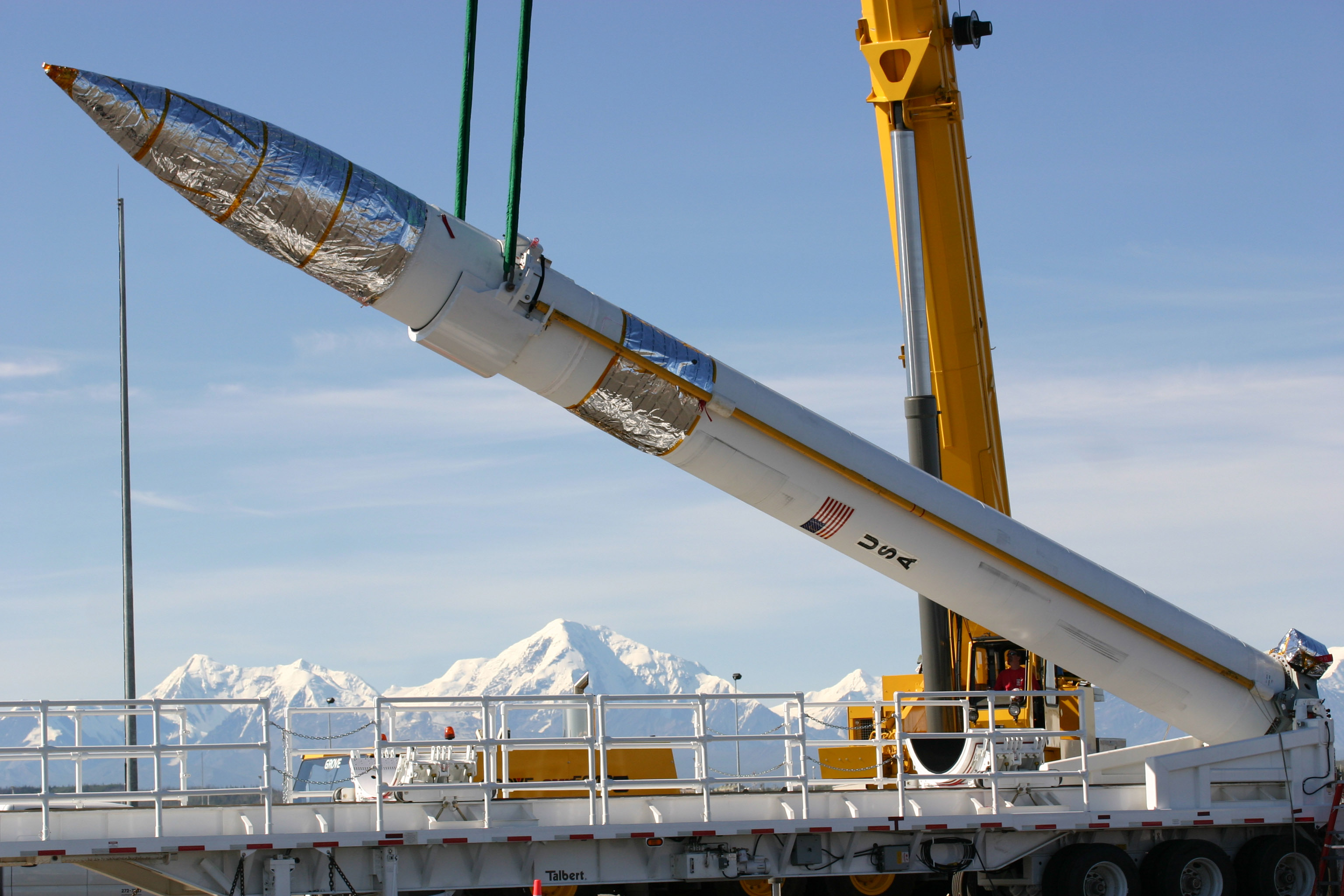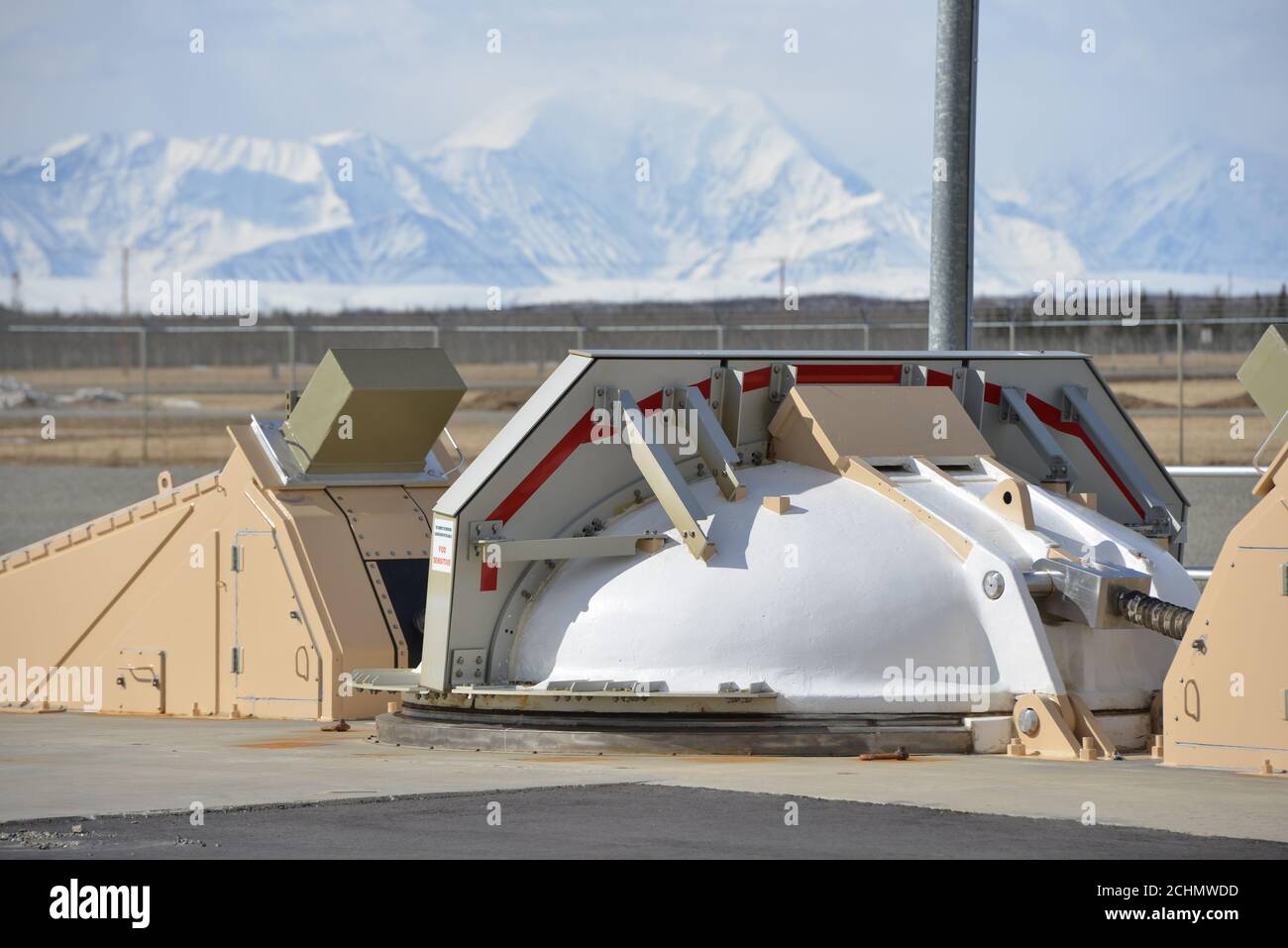Fort Greely In Alaska - The history of Fort Greely dates back to 1942 when the post was established to establish an Army Air Corps base. Over the years, there have been numerous organizational changes, and in 1955 the workplace was given a new name. The base was named Fort Greely on August 6, 1955, in honor of Major General Adolphus Washington Greely, who was an art explorer and founder of the Alaska Communications System.
Major General Greely was responsible for building thousands of miles of telegraph lines throughout the United States, Puerto Rico, the Philippines, and Alaska. More than 45,000 miles of telegraph lines have been installed in Alaska alone.
Fort Greely In Alaska

When the United States announced it was withdrawing from the Anti-Ballistic Missile Treaty, Fort Greely, Alaska was selected as the site for the medium-range land-based defense system. In early summer 2002, construction began on the missile defense system at Fort Greely, with an initial plan to install 25 to 30 ground-based missile interceptors (GBIs). In December 2014, Congress approved a plan to increase the number of interceptors at Fort Greely from 26 GBI to 40 interceptors on the ground.
Fort Greely Army Base In Fairbanks, Alaska
Fort Greely not only houses the latest ballistic missile defense system. The base is also responsible for the Cold Region Test Center, as Fort Greely is one of the coldest areas in Alaska, providing ideal conditions for cold, extreme cold and/or temperature testing depending on the time of year. The dedication and commitment these men and women show while stationed at Fort Greely and overseeing the land defense system under such extreme conditions is truly admirable. Fort Greely is one of the small but very important US military bases in Greely. According to the 2000 census, the fort had a maximum of 461 inhabitants. It is located in the central part of the state, on a flat field near the Richardson Freeway. The site was built to test and successfully launch anti-ballistic missiles. At the same time, the weather is perfect for the Cold Regions Test Center. It can easily host various tests in extreme weather conditions depending on the time of year. The fort was named in memory of Adolphus Greely.
The site was selected as the original Big Delta Camp in 1942 as part of American plans to prepare for World War II. The city was in the middle of nowhere. In order to connect it with the most important surrounding destinations, the authorities also approved the construction of the Alaska Highway, which would connect it with the Richardson Highway and Canada. Believe it or not, relations between the United States of America and Russia were not always so cold. At the time, the US government aided the Russian forces against the Japanese and German empires with many supplies and aircraft. The name was changed to Allen Army Airfield at the end of World War II. Shortly after the war ended, actual construction began as Fort Greely.
The war was a good reason for the US military. At the end of the war, the US military realized the importance of training its troops for absolutely any environment, including extreme weather conditions. The decision came after the experience in cold Russian countries. Therefore, the fortress is organized to support and conduct training in such cold conditions. The decision was more than excellent. The Cold War was a few years away, so it seems that the US military made the best decision. In the early 1960s, one of the new facilities and improvements was the construction of a nuclear power plant. However, it did not activate for too long because the strong radiation destroyed the metal parts. It was one of three such power plants at the time.
The current goal was set in modern times after the US government announced its decision to suspend and withdraw from the Anti-Ballistic Missile Treaty. The most important threat these days is considered to be the nuclear power of North Korea, which should strike the west coast of the United States. However, these are all just rumors that could soon be taken as the real reasons for a real invasion.
U.s. Marines Provide Security At Fort Greely, Alaska, In P…
When shipping to Fort Greely, it is important to contact the local housing office in advance. This gives you a chance to take the stress out of moving while you search for a home. It can take months to process your application, but if you do it early, you can skip that entire waiting period. This article is about a military base near Fairbanks, Alaska. For the site designated by csus, see Fort Greely, Alaska. For the former military base on Kodiak Island, see Kodiak Base Support Unit.
A ground-based interceptor designed to destroy incoming ICBMs is lowered into its silo at the Missile Defense Complex at Fort Greely on July 22, 2004.
Fort Greely is a United States Army anti-ballistic missile launch site located approximately 100 miles (160 km) southeast of Fairbanks, Alaska. It is also home to the Cold Region Test Center (CRTC), as Fort Greely is one of the coldest areas in Alaska and can accommodate tests in cold, extreme cold and temperate weather, depending on the season. Named after Major Geral Adolphus Greely.

The camp was established in 1942 as the Big Delta military training ground. During World War II, the Alaska Highway was built to connect the road in Dawson Creek, British Columbia, Canada with the Richardson Highway, Alaska, a distance of 1,423 miles (2,290 km). The Alaska Highway joined the Richardson Highway at Delta Junction, five miles (8 km) north on the Richardson Highway from present-day Fort Greely. The United States used the base to aid the Soviet Union in its fight against Germany and Japan by sending Ld-lease act aircraft and supplies across Alaska and into the Soviet Far East. The name was later changed to All Army Airfield. After World War II, Fort Greely was built south of the airport.
Purple Heart Hunt Allows Wounded Veterans Exclusive Access To Fort Greely
After World War II, the War Department decided that the American soldier must be able to live and function in any degree of cold.
This decision was based on experience gained in warfare and foreseeing future possibilities of international commitments. Therefore, a group of working groups was organized to test the equipment of the US Army in the cold. Task Force Frigid and Task Force Williwaw were sent to Alaska during the winter of 1946 and 1947. A related experimental unit, Task Force Frost, included elements of the 66th Armored Regiment and underwater testing at Camp McCoy, Wisconsin, at about the same time.
The information and data gathered by the task force staff was a start, but it took time to transport, set up the facilities for a short period of actual testing, and pack up and leave until next year. Moving-in and moving-out costs are taken into account when submitting the final reports. When questions related to the reports arose, there was no one to answer them because the operational units were disbanded and the personnel returned to their home units. The main shortcomings of these operational forces included insufficient time to establish units on the range, lack of acclimatization period for personnel and equipment, and lack of continuity. Based on these results, it was recommended that a permanent testing organization be established, with testing teams representing each of the "Army Forces Boards" located in the "Inner Zone".
In 1949, the War Department ordered the organization of an arctic research department at Big Delta Air Force Base in Alaska (now known as Fort Greely). Personnel for the organization was activated at Fort Knox, Kentucky, in March 1949 by transferring personnel from each of the "Army Forces Boards." The organization moved to Alaska in July 1949 and trial operations began. Shortly thereafter, the name of the organization was changed to Arctic Training Cter. In 1957, he was appointed a member of the US Army's Arctic Test Board, charged with conducting arctic performance tests of all Army field equipment.
Ground Based Midcourse Defense Fort Greely, Alaska Installation Briefing V.5(final) 26 April 2004
Beginning in 1955, Fort Greely and the vast land around it (taken over from the Department of the Interior) were used to train soldiers for cold-weather combat during the Cold War with the former Soviet Union.
In the early 1960s, the Army built the SM-1A nuclear power plant at Fort Greely as part of the military's nuclear power program, which built similar operational plants in Antarctica, Greenland, the Panama Canal Zone, Virginia, and Wyoming. The initial operators at Fort Greely were Army noncommissioned officers, but later civilians were hired. The factory worked until 1972.
In August 1962, as a result of military reorganization, the Arctic Test Board was established as a Class II activity under US command. Army Test and Evaluation Command (TECOM). The board was later installed in the Arctic Test Cter and expanded to

Fort greely housing, fort greely alaska housing, fort greely alaska zip code, fort greely missile defense, fort greely alaska weather, fort greely ak, fort greely alaska, fort greely alaska map, fort greely alaska address, fort greely delta junction alaska, fort greely, fort greely alaska jobs
0 Comments